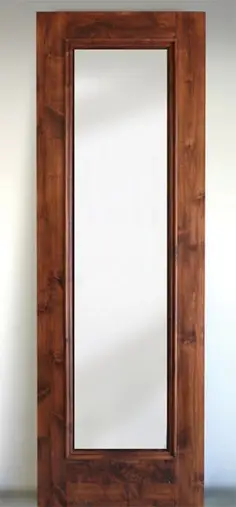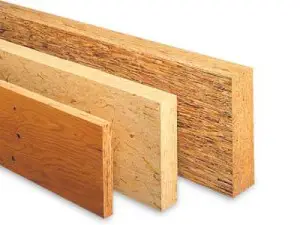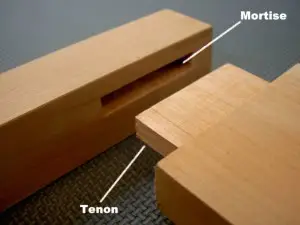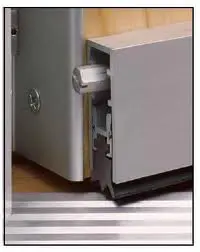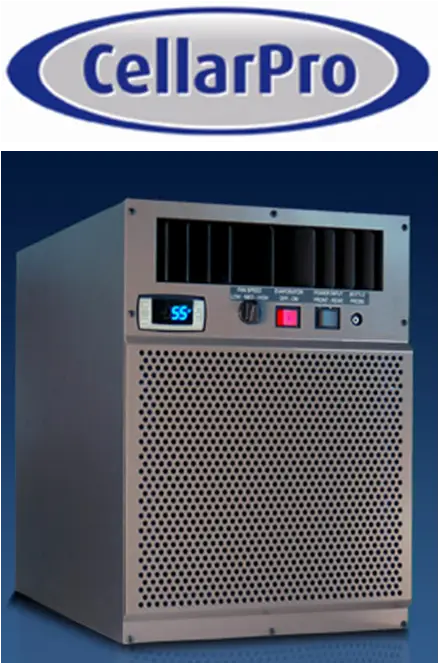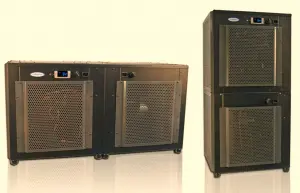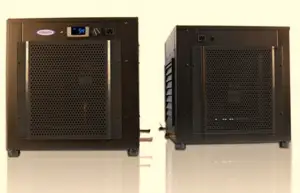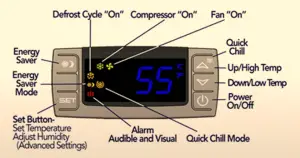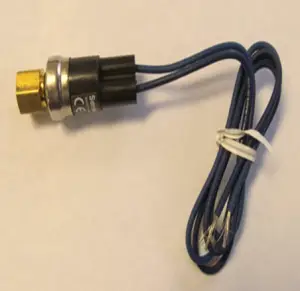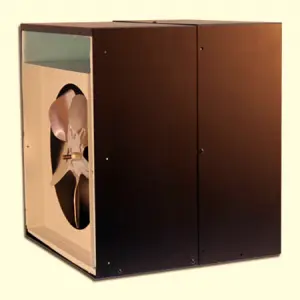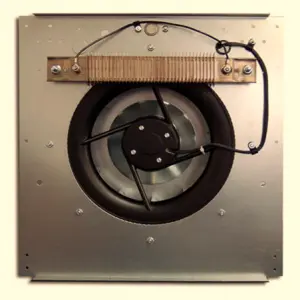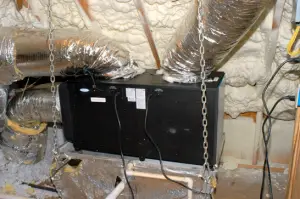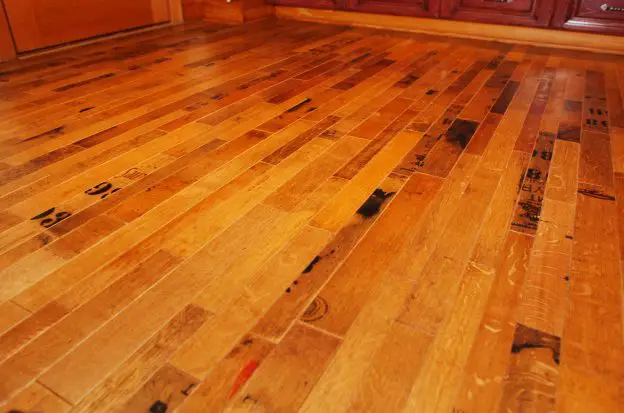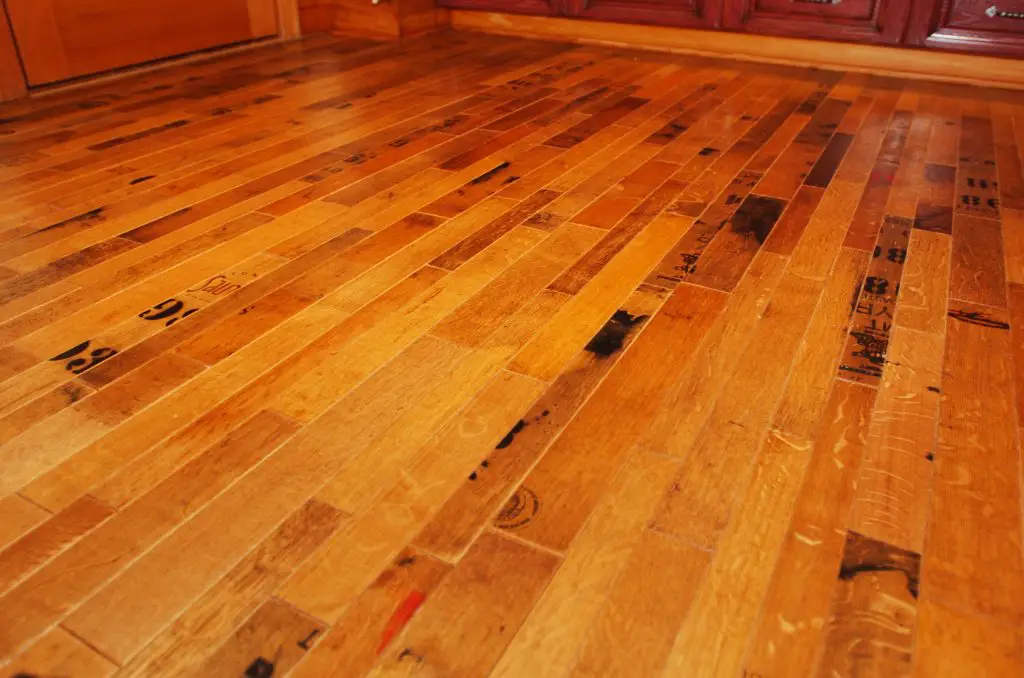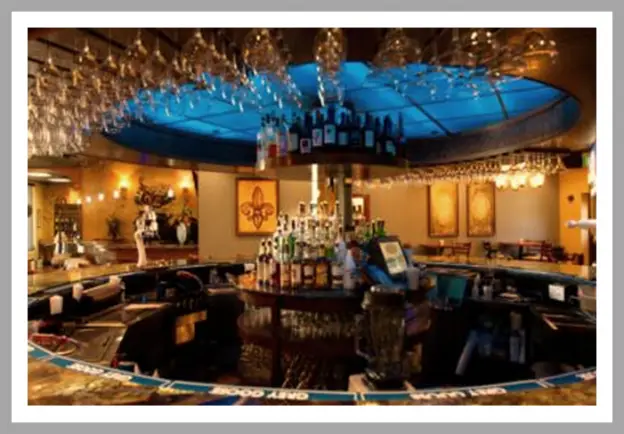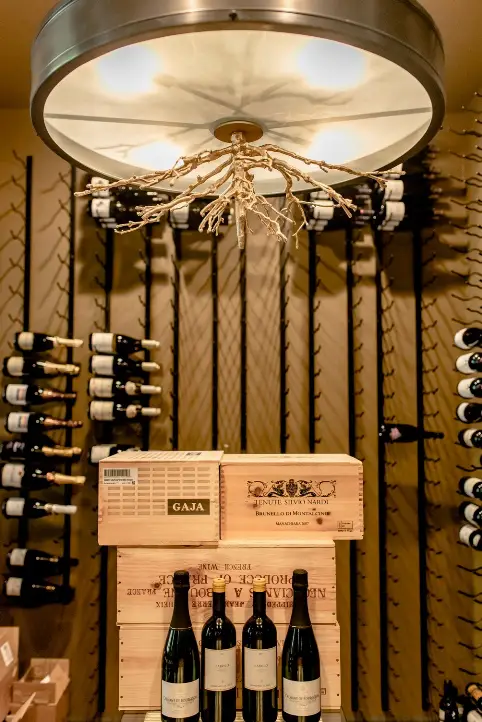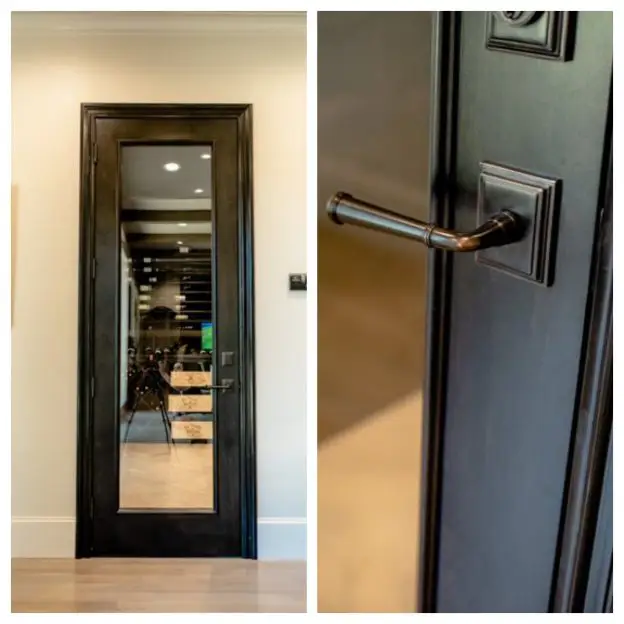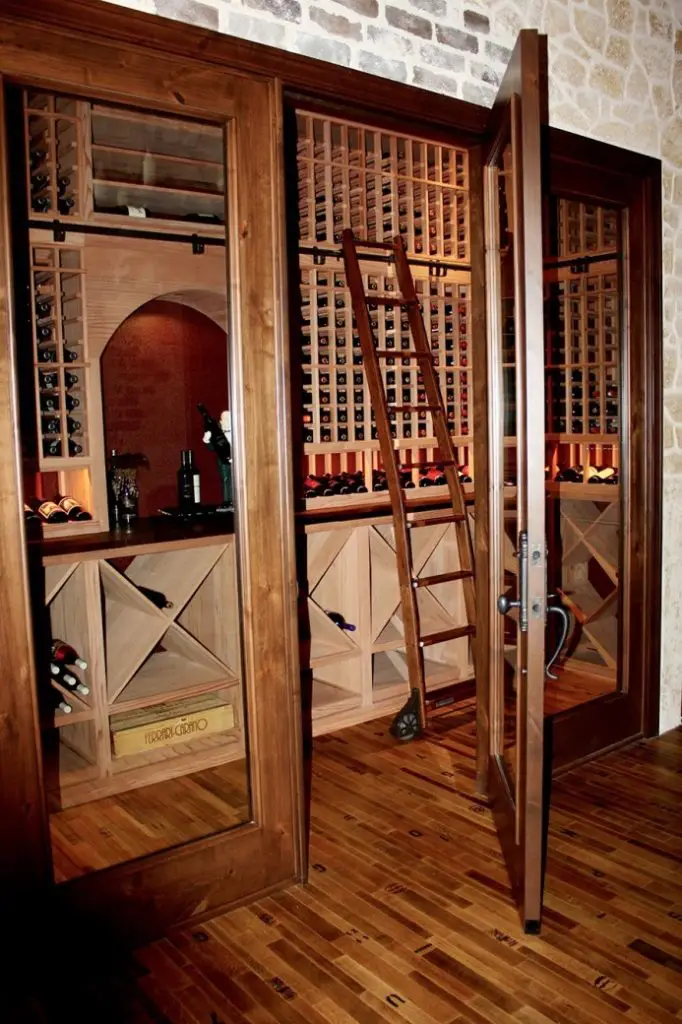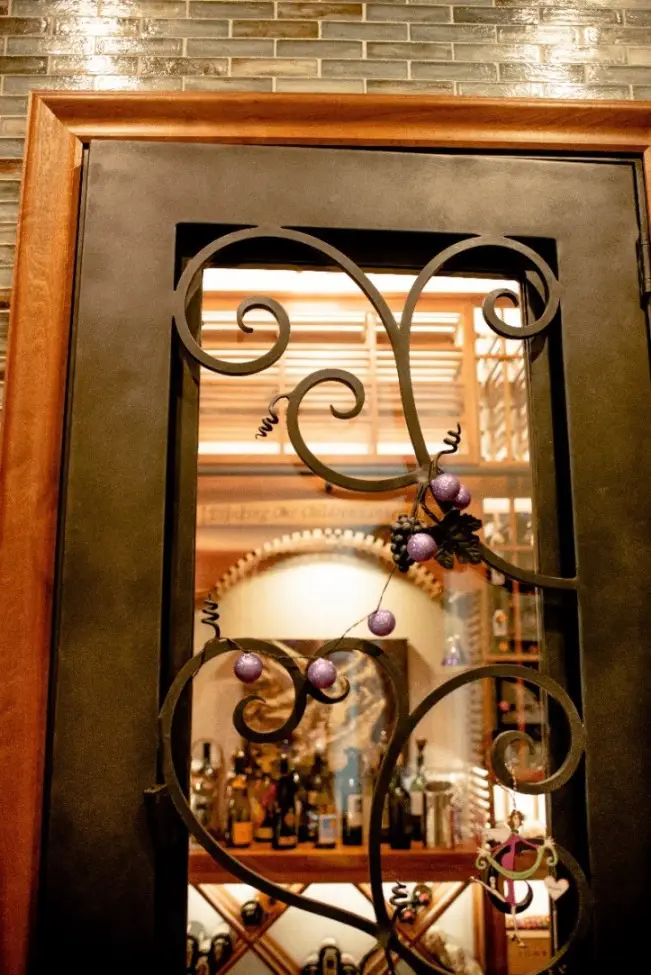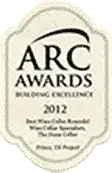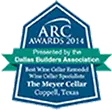Custom wine cellar doors are purpose-built to help preserve the desired climate conditions in a wine room and enhance the aesthetic quality of the storage space. For wines to age to their full potential, they require a dark and stable storage environment. The presence of an entryway door helps maintain the right amount of temperature, humidity, and light in a wine cellar.
However, it is not enough to install just any type of wine cellar door. You must also make sure that the wine room doors you will choose can deliver efficiency and longevity. Here are the quality features that you must look for in custom wine cellar doors:
Laminated Veneer Lumber (LVL) and Mortise and Tenon
Wine room doors are designed in accordance with the quality and style of a wine storage room. To ensure an airtight seal, doors for wine cellars must have weather stripping around all four sides and in all jambs. Using laminated veneer lumber and applying the old technique of Mortise and Tenon in the construction of a wine cellar door can significantly enhance its functionality.
Laminated veneer lumber (or LVL) is a new technology applied to wood production. It consists of multiple layers of thin wood assembled together with adhesives. The composite feature of this wood product provides improved structural strength of the material, thus making LVL timber less susceptible to warping, twisting or shrinking. In addition, it has better insulation properties compared to conventional lumber.
The old woodwork technique of mortise and tenon joint offers additional strength and durability to a custom wine cellar door. A mortise is a rectangular hole cut into a timber to accommodate a tenon, while a tenon is a protrusion designed to fit into a mortise. Wood components are joined together by interlocking tenons and mortises, which allows the wood material to expand and contract with changes in humidity.
Automatic Door Bottoms
Additional features such as automatic door bottoms add to the efficiency of custom wine cellar doors. When the bottom of an entry door is left unsealed, it results to cold air loss. In order to seal the cool air in and provide additional protection to the interior of a wine storage space, a wine cellar door should be equipped with an automatic door bottom.
An automatic door bottom is a mechanical device fitted to the bottom edge of the wine room doors. It is a horizontal bar that retracts up when the door is opened and drops down when the door is shut. Unlike floor sweeps, automatic door bottoms come with a retracting feature that prevents the bar from dragging across the floor and damaging it.
Double-Paned Tempered Glass
Custom wine cellar doors with glass must be a double-pane tempered glass. This type of glass consists of two sheets of glass that are hermetically sealed around the edges, leaving a space filled with air or inert gas between the glass panes. This small sealed space between two panes is a factor in preventing condensation build-up around the door or glass surface. (Learn more about glass wine cellar doors here https://www.winecellarspec.com/glass-wine-cellar-doors-important-component-in-wine-storage/).
Double-pane tempered glass also contributes to reducing energy costs by keeping a wine storage room well-insulated. Additionally, this glass material reduces noise and prevents it from penetrating the storage space. When coated with UV protective film, it shelters wine collectibles against continuous exposure from harmful UV rays.
Quality doors for wine cellars are engineered to provide an excellent seal to an entry door that will help stabilize the temperature and humidity levels inside a wine cellar space. In effect, wines will age to their perfection for long periods of time.

 Dallas
Dallas 
